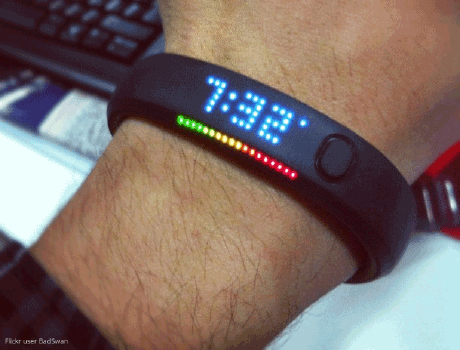Sometimes research collects more dust than dollars. As one client asked, “It’s easy to get a list of trends, but what does it mean to our company and brand?”
There tends to be a gap between completed research and insights that can be applied to a company’s strategy – the Application Gap. This gap exists for a number of reasons, many of which pop up before the research can even get started. The first step in avoiding the Application Gap is to better understand the two types of research – reflective and exploratory – and learn when to apply each.
Most companies are good at reflective research. This method is used when you have an idea or preference that you’d like to test, so you throw together some focus groups or surveys and in the end, you learn that Option A is preferred over Option B by 27%.
Reflective research is best suited for line-extensions and other types of incremental rollouts – situations in which you already know the variables needed to determine the output. It’s great for informing decisions, but will not lead to game-changing insights or significant top-line growth.
When top-line growth is the goal, exploratory research is better suited to the task. It isn’t meant to help you choose between options A and B, but rather uncover and identify the options that exist. Unfortunately, a lot of companies struggle with exploratory research.
One problem is that companies tend to be homogenous with their research. They might do some looking around, but mainly at their competitors or the handful of trends that are impacting their industry now – but now is usually too late. By now, your competitors are already working on the same issues you are. As we continue into a new “economy of choice,” where almost everything is almost always available to almost everyone, getting different will be a key element in helping your brand stand out.
Here are three ingredients for solid exploratory research:
1. Analogous Markets
Some of the best insights come from observing the world around us and applying them to our immediate disciplines. What could Nike’s Fuelband learn from Progressive’s Snapshot tool? By opening up to analogous markets we can begin to identify opportunities for new business models, products, services, packaging, and more.

2. Compensating Behaviors
This is one of the biggest flags for marking innovation opportunities, yet it gets overlooked on a regular basis. That’s because compensating behaviors are rarely articulated. Humans are incredibly adaptive. We alter our behaviors and actions to fit our environment without realizing that we’re doing it. For instance, if asked about shopping habits and how you approach the shelf at your local grocery store, you may not say anything about how many hands you use when shopping. But through observation, we’ve learned that most shopping is done with one hand while the other tends to the cart, the purse, a child, or simply is not being used. This insight can have a significant impact on packaging design.

3. Outliers
Too many times we look at the average for direction instead of learning what we can from those on the fringe. This usually results in cheese pizza syndrome – everyone can agree on it, but does anyone really love it? No. By studying outliers, we can not only identify emerging trends and behaviors, but also understand how people are modifying products and solutions to meet their needs.

While these three ingredients are great for becoming the researcher equivalent of Lewis & Clark, it’s also important to make sure your research stays grounded in fundamental market dynamics and internal capabilities. This ensures that the findings are applicable to your company’s growth strategy both tomorrow and today.